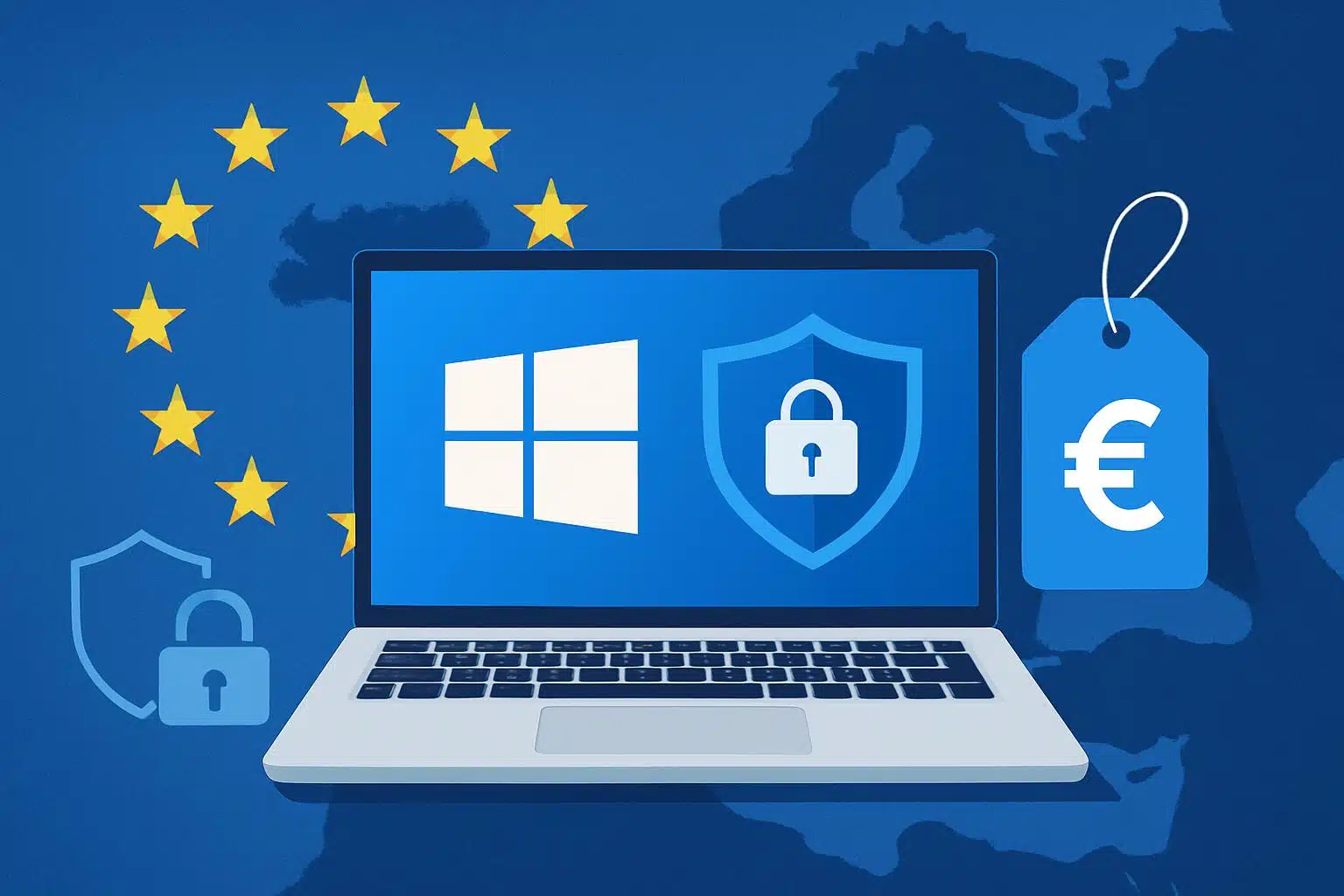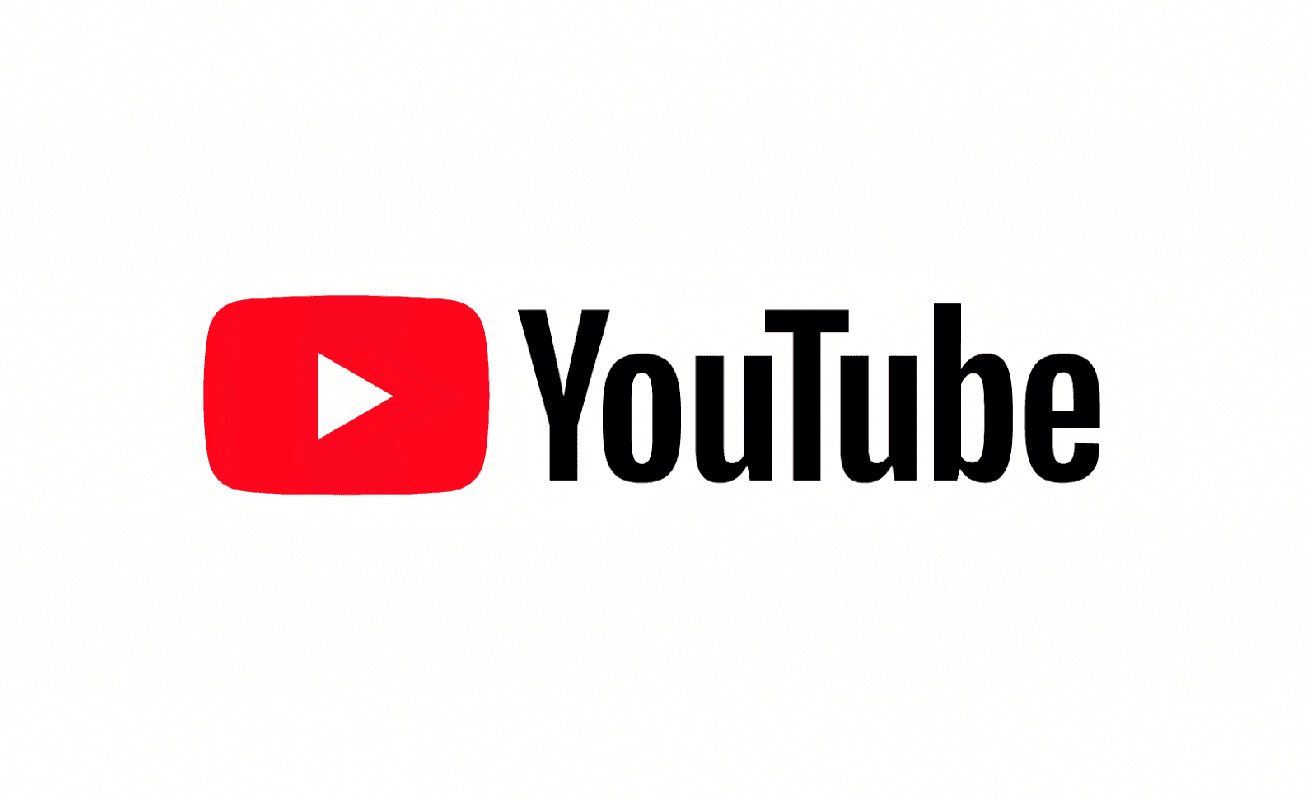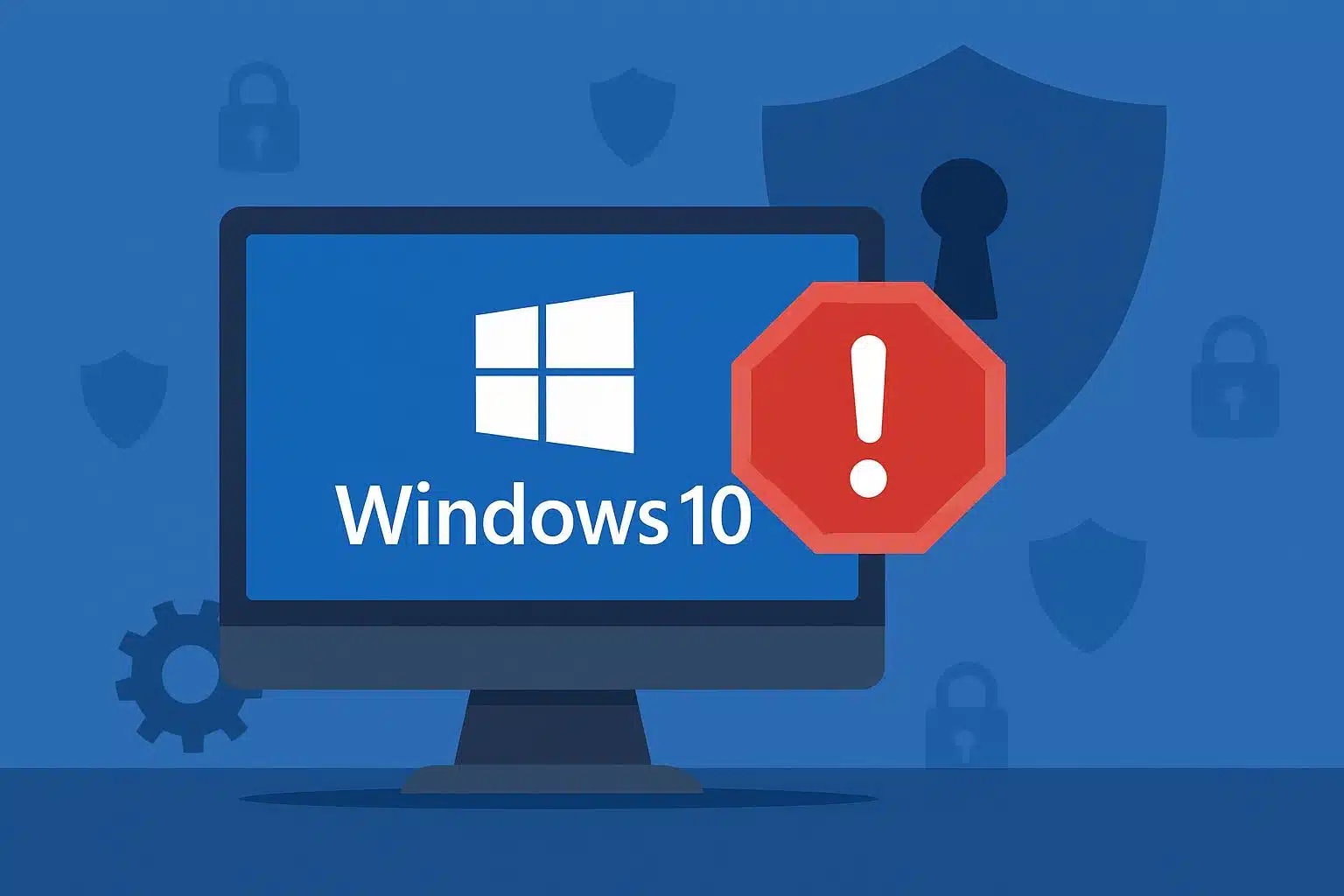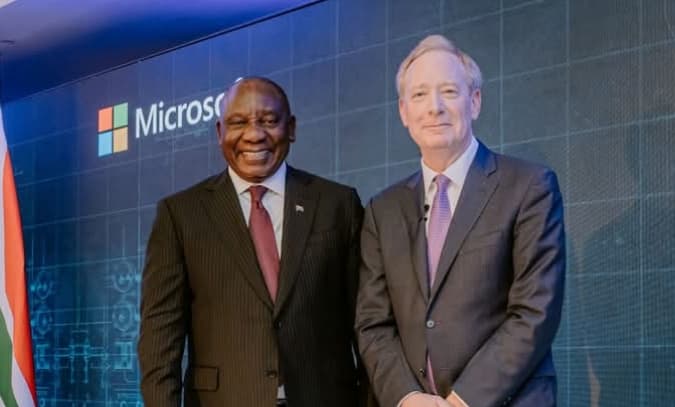Microsoft is reversing plans that would have moved Windows 10 users in the European Economic Area (EEA) and the United Kingdom to a stripped-down version of Windows without any preinstalled apps, merely so you could pay or earn from Microsoft for reinstalling those missing software applications.
Instead, it will restore security updates locked behind non-security patches for free without charge as a concession to business claims (or simply because common sense eventually prevailed).
The shift is a result of pressure from consumer advocates and an investigation under the EU’s competition rulebook — and it immediately changes the calculus for millions of computers that are too ancient to upgrade to Windows 11.
What you get with the free Windows 10 ESU year
Extended Security Updates (ESU) serves critical security updates and fixes so that you can continue to keep your Windows 10 devices secure and up to date as you plan your next move.
It doesn’t add features, change the interface, or expand hardware support — it’s a very straightforward release that just pushes vulnerabilities back another cycle. Some people continue to use older machines at home, in schools, or at small businesses, and this extra runway can make the difference between a thoughtful upgrade and an urgent (and expensive) replacement.
The timing is critical, too, as many Windows 10 PCs don’t meet Windows 11’s hardware requirements like Trusted Platform Module 2.0 and supported processors. Analysts have called attention to a significant installed base that’s still on Windows 10; StatCounter trend data dating back a year confirm that the older OS still powers a huge portion of active Windows machines in Europe. So the security implications — and the cost to consumers — are high if support is allowed to lapse without a bridge.
No strings attached for ESU enrollment in the EEA
That’s right: Under the original concept, Microsoft offered three ways to join ESU: for 1,000 Microsoft Rewards points; by asking consumers to sync a Windows Backup to OneDrive (suggesting that they may need at least some extra cloud storage); or simply by paying the equivalent of $30. One of the major consumer groups, Euroconsumers, contended that requiring key security to be paired with corporate services raised compliance concerns under the Digital Markets Act, including in relation to obligations found in Article 6(6) (unfair tying).
Microsoft has now clarified that consumer users in the EEA can get ESU without rewards activity, cloud backup, or payment. Euroconsumers welcomed the ruling, saying it eliminated hurdles that might have placed users who rely on local backup or shun loyalty programs at a disadvantage. It’s also a substantive philosophical swing, one that prioritizes basic security over ecosystem lock-in.

How Windows 10 ESU enrollment will work in Europe
Users still may need to opt in under the new policy, which Microsoft says it will support with an enrollment wizard that provides guidance and notifications in Settings. If you’re in the EEA, on a legitimate Windows 10 Home or Pro machine, then you should have access to some version of a no-charge ESU option. Outside the EEA, the previous requirements still apply for now. Enterprises and other public sector entities will still have their own ESU programs and pricing, as was the case with Windows 7.
As with the normal monthly patches, ESU coverage assumes that your device already meets prerequisites for Windows Update and that you maintain best practices such as those outlined in Checklist A (backups, strong passwords, etc.). ESU patches are anticipated to be delivered on Microsoft’s standard once-a-month schedule, though some OEM-specific patches may differ.
Why the DMA context matters for Windows 10 security
The EU’s Digital Markets Act is changing the way “gatekeeper” platforms can bundle, promote, and interlink services. While this case involves a narrow policy choice, its consequences are broad: routine security updates have become table stakes for digital safety, and regulators are paying more and more attention to situations in which access is conditioned on joining a proprietary cloud, rewards program, or app store. The European Commission is already investigating several gatekeepers on tying and self-preferencing claims, and companies are calibrating their policies to remain between the lines.
The larger picture for PCs, e-waste, and sustainability
The complimentary ESU year buys time — and could help offset e-waste. It also reduces the environmental footprint associated with manufacturing and physical distribution — a point long made by European sustainability advocacy groups. It also eases pressure on household budgets and school IT teams, many of whom were expecting rushed refreshes due to compatibility constraints.
On the market side, industry watchers at IDC and elsewhere have noted that OS transitions no longer can be counted on to kick off a blockbuster PC upgrade cycle. The free ESU move could help to smooth rather than spike demand, providing component vendors and OEMs a more solid runway even as they battle around AI PCs and next-gen silicon.
What to watch next for Windows 10 ESU in Europe
The big questions at this point: will Microsoft continue ESU beyond the first year if adoption is high, and might the free offer expand beyond the EEA? Customers should be on the lookout for this Settings enrollment prompt, make sure automatic updates are turned on, and plan to refresh hardware when it’s convenient rather than in response to a request from security. For now, at least, European users are getting what they asked for — protection with no strings attached.







